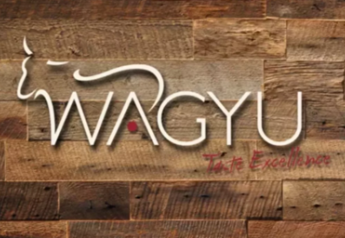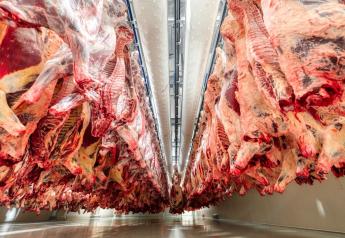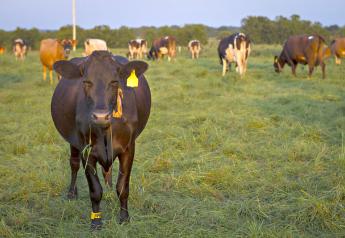TAHC coordinates response efforts to winter storm Goliath

In the aftermath of Winter Storm Goliath, the Texas Animal Health Commission (TAHC) continues to work with industry and state agency partners in response and recovery efforts in the northwest part of the Texas Panhandle.
TAHC has been engaged in coordination efforts since the storm hit Texas on December 26, 2015. Livestock producers in this region were severely impacted by blizzard conditions with wind gusts reaching up to 80 MPH and snow accumulating over 20 inches in a 48-hour period.
TAHC Horseback Emergency Response Team has been conducting searches and identifying lost cattle while coordinating their efforts with local county officials and the Texas Southwestern Cattle Raisers Association (TSCRA) Special Rangers.
"The biggest challenge is yet to come; animal production losses will put a strain on all facets of the industry, but we are doing everything we can to make sure the Texas livestock industry will overcome this," said Dr. David Finch, TAHC Region 1 Director.
A Joint Information Center (JIC) was activated on Wednesday December 30, 2015, by the TAHC to coordinate all Texas Panhandle incident-related public
information
activities regarding Winter Storm Goliath.
The TAHC is the state's lead agency for all animal issues during disasters. The agency assists local jurisdictions with damage assessments, animal identification, and with the care, evacuation and sheltering of animals during and after disasters.
Animal needs assessment operations can be facilitated at the request of the local community. The TAHC also supports carcass disposal activities and works in partnership with veterinary stakeholders, fellow state agencies and industry groups.
Industry groups such as Texas Dairy Association, Texas Cattle Feeders Association, Texas and Southwestern Cattle Raisers Association (TSCRA), Independent Cattlemen Association (ICA), Texas Pork Producers Association (TPPA), Texas Poultry Federation and Texas Farm Bureau have all been involved with coordinating response plans. State and federal partners also responding include Texas Department of Emergency Management (TDEM), Texas Commission on Environmental Quality (TCEQ), Texas A&M Veterinary Emergency Team, Office of the Governor, Texas AgriLife Extension Service, Texas Department of Agriculture (TDA), United States Department of Agriculture (USDA) and Texas Veterinarian Medical Association(TVMA).







